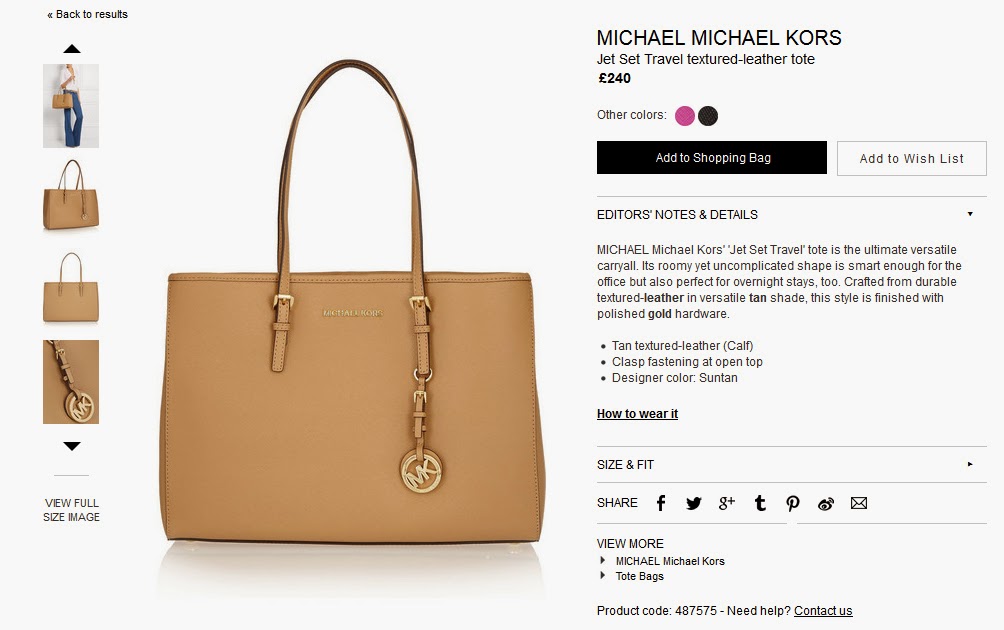NYT Pips hints, answers for December 20, 2025
2 hours ago





 Adaptive web design uses a set of different pre-designed layouts depending on which device is being used. The main reason for choosing adaptive web design with its increased up-front costs, is that some types of business expect different interaction from their users depending on which device is being used as well as the user demographic.
Adaptive web design uses a set of different pre-designed layouts depending on which device is being used. The main reason for choosing adaptive web design with its increased up-front costs, is that some types of business expect different interaction from their users depending on which device is being used as well as the user demographic. 




No comments:
Post a Comment